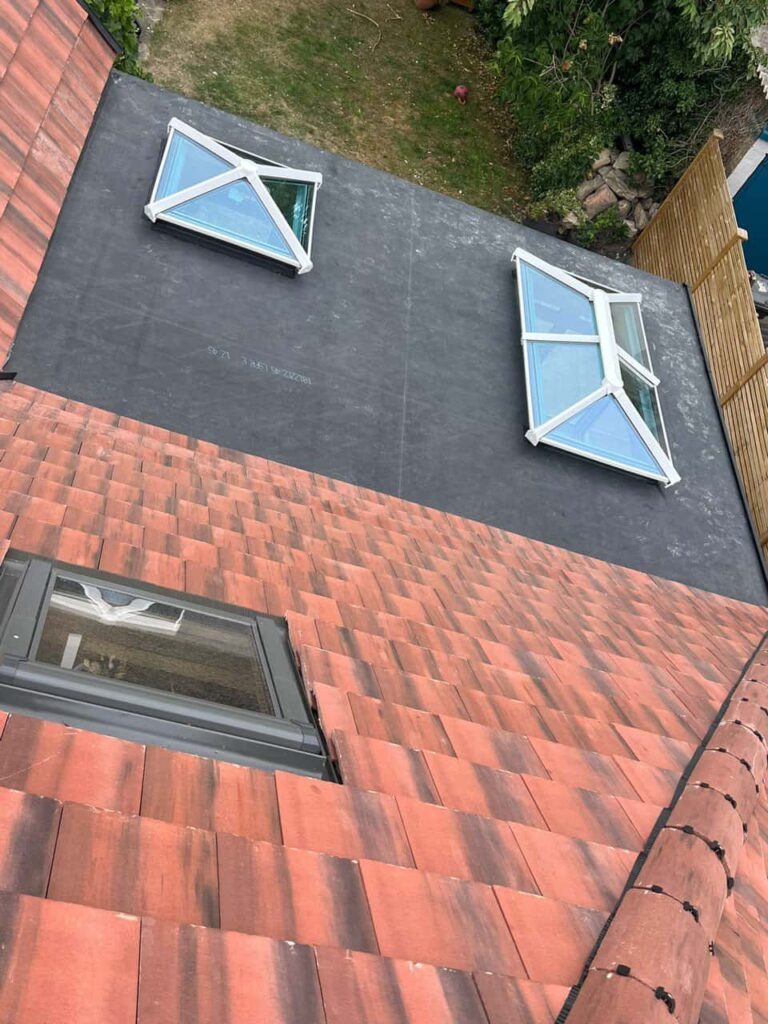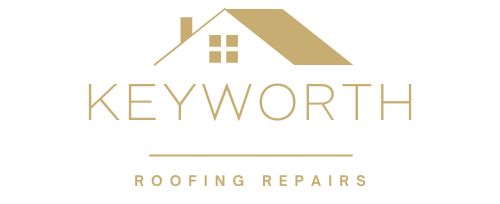Introduction: Historic properties hold a unique charm and architectural significance that deserves preservation. However, these older buildings often come with their challenges regarding roofing maintenance, especially when dealing with slipped tiles. In this blog post, we’ll explore the challenges of repairing slipped tiles on historic properties and provide solutions to preserve their character and integrity. Keyworth Roofing Repairs understands the importance of delicate care for historic roofs.
Challenges:
1. Age and Fragility
Historic properties often have older and more fragile roofing materials than those on modern structures. Slipped tiles on these roofs are more prone to damage, making the repair process delicate and requiring special attention.
2. Matching Aesthetics
Matching the aesthetics of slipped tiles on a historic property can be challenging. Finding replacement tiles that are identical in colour, shape, and size can be difficult, and using modern tiles can disrupt the historical authenticity of the roof.
3. Preservation of Historical Materials
Preserving the original roofing materials is essential for maintaining the property’s historical value. Removing or replacing original tiles can compromise the authenticity and character of the building.
4. Structural Integrity
Slipped tiles can sometimes indicate underlying structural issues in historic properties. Ensuring the roof structure is sound is crucial before addressing the slipped tiles.
Solutions:
1. Professional Assessment
Start by hiring a professional roofing contractor experienced in historic properties. They can assess the roof’s condition, identify slipped tiles, and provide recommendations for repair or replacement while preserving historical authenticity.
2. Specialised Repair Techniques
Roofing experts can employ specialised techniques to repair slipped tiles without damaging them further. Techniques may include repositioning, securing, or re-adhering the tiles with minimal disruption to the original materials.
3. Custom Tile Matching
To maintain the historical aesthetics, consider working with a roofing professional who can source or create custom replacement tiles that closely match the original ones. This ensures that the repair seamlessly blends with the historic look of the property.
4. Structural Evaluation
Addressing slipped tiles on historic properties may require thoroughly evaluating the roof’s structural integrity. Strengthening or reinforcing the roof structure can prevent future tile slippage and maintain the property’s historical value.
5. Regular Maintenance
Implement a regular roof maintenance plan that includes inspections to detect slipped tiles early. Preventive measures can help address issues before they become more significant, preserving the property’s historical integrity.
6. Historical Preservation Guidelines
Check if your historic property falls under any historical preservation guidelines or regulations. Working with a roofing professional who understands these guidelines is essential to ensure compliance while addressing slipped tiles.
Conclusion: Repairing slipped tiles on historic properties requires a delicate balance between preserving historical authenticity and addressing roofing issues effectively. Hiring experienced professionals like Keyworth Roofing Repairs, specialising in historic properties, is crucial. With the right approach, you can maintain your historic property’s character, beauty, and structural integrity while addressing slipped tiles and ensuring its long-term preservation for generations to come.
Call us on: 0115 647 1193
Click here to find out more about Keyworth Roofing Repairs
Click here to complete our contact form and see how we can help with your roofing needs.

